Making decisions has never been easy, but a mindful approach will make it easier. When we act with awareness, we can make better decisions by taking control of our environment, emotions, and thoughts.

It may seem easier to go with your first instinct or simply react to situations without much thought. Yet, when we're aware, we can choose a more mindful approach to solving problems. We make better decisions because we aren't reacting out of fear or trying to avoid making mistakes.
There are two components to decision-making: conscious awareness and subconscious habits. When we act consciously, we take time to consider different options. This allows us to make the best decision possible by examining all the information available and evaluating each option's pros and cons.
On the other hand, when we make decisions unconsciously, we let emotions or habits dictate our choices. By default, we tend to choose something even if it isn't the best option.
In order to be a more effective decision maker, it's helpful to understand the reasons we choose certain options and how these decisions affect our lives. We also need to consider the consequences of the decisions we make in the future.
When we take the time to think about our decisions, it helps to make more informed choices. In turn, this improves our relationships, productivity, and happiness.
STEP 1: Focus on Your Goals
First, we need to be clear about our goals. What are we looking for?
We may want to earn more, spend less, save more, or invest more. When we set clear intentions, we can use our decisions to move toward what matters most to us.
STEP 2: Evaluate Your Options
After establishing your goals, it's time to evaluate the options available to you. Look at all the information available and make a list of pros and cons for each option.
This may require some trial and error. For example, when considering a job offer, it's best to start with the job description. Then, you can learn more about the company by meeting with the team members or by asking others who have worked there.
Next, you should consider the salary and benefits, whether you'll be working with clients you enjoy, the culture of the company, and other key factors.
Once you have a list of pros and cons, you can prioritize the options and rank them in order of preference.
STEP 3: Make a Wise Choice
With your goal clearly in mind, you're now ready to make a wise decision. Use your list of pros and cons to determine the best choice and narrow down the options.
When the decision is clear, you can act with intention. We can choose to act or we can choose to react. Once we take action, we can make adjustments along the way as needed.
When we are reactive, we end up in an emotional or habitual state that limits our ability to make the best decision possible.
This is especially true when we don't have a clear intention or focus. Instead of choosing one option or